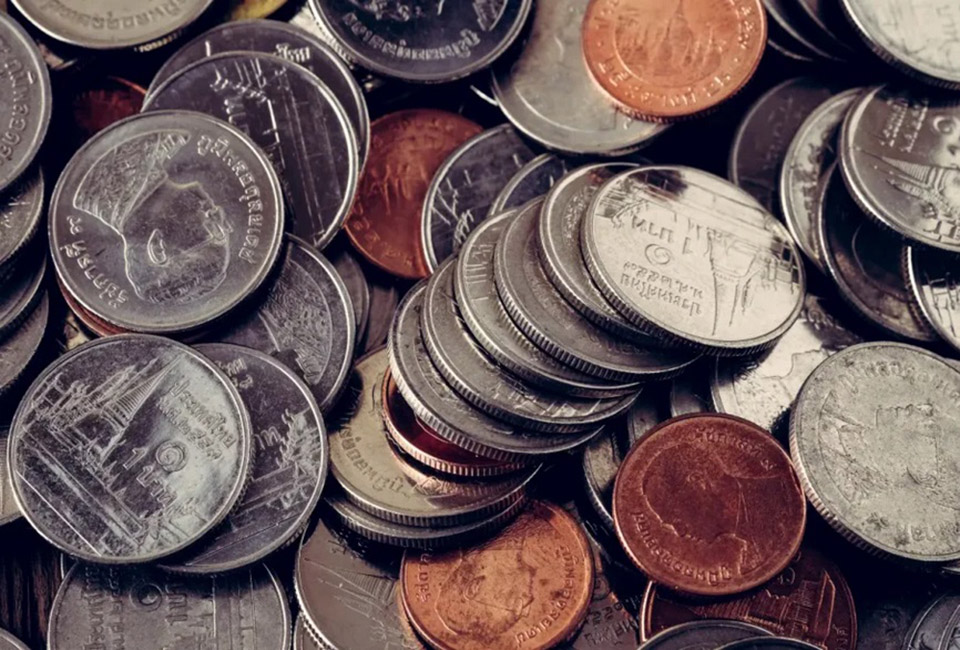
BANGKOK, Thailand – The Thai baht reached its weakest level in two weeks at 34.57 baht per US dollar on January 6, before recovering slightly to 34.49-34.51 baht per dollar at 9:00 AM. This follows Friday’s closing rate of 34.46 baht per dollar.
The baht’s depreciation aligns with the weakening of other regional currencies. The US dollar has strengthened, supported by a rise in US bond yields and better-than-expected December ISM manufacturing index data. However, the baht’s depreciation remains limited, with partial recovery driven by a rebound in global gold prices after a sharp sell-off late last week.
Today’s expected baht movement range is projected between 34.40-34.65 baht per dollar. Key factors to monitor include Thailand’s December inflation data, foreign capital flows, yuan movement, and global gold prices. Significant US economic data include the December services PMI and November factory orders.
Thailand’s Ministry of Commerce reported a 1.23% year-on-year increase in the December 2024 Consumer Price Index (CPI), driven by higher fuel prices due to a low base last year and rising prices in fresh fruits, cooking ingredients, and non-alcoholic beverages.
Krungsri Global Markets anticipates the baht will fluctuate within a 34.20-34.80 baht per dollar range this week. Pressures include a weaker yuan and a stronger US dollar, except against the yen, due to poor economic indicators in the Eurozone and fears of a new trade war. The euro also hit its lowest level in over two years. Meanwhile, China’s December PMI dropped more than expected, and US weekly jobless claims fell to their lowest since March 2024, reflecting a robust labor market and likely stable US Federal Reserve policy in the upcoming meeting.
Foreign investors sold 1.14 billion baht in Thai equities and 7.86 billion baht in bonds last week.
Domestically, December’s inflation rise matched expectations. In 2024, Thailand welcomed 35.54 million foreign tourists, a 26.3% increase year-on-year. The country also recorded a current account surplus of $9.4 billion in the first 11 months of 2024. Krungsri Research forecasts that foreign tourist numbers in 2025 will return to pre-COVID levels of 40 million, with a potential current account surplus exceeding $10 billion. However, global economic and trade uncertainties remain a significant risk. (TNA)









